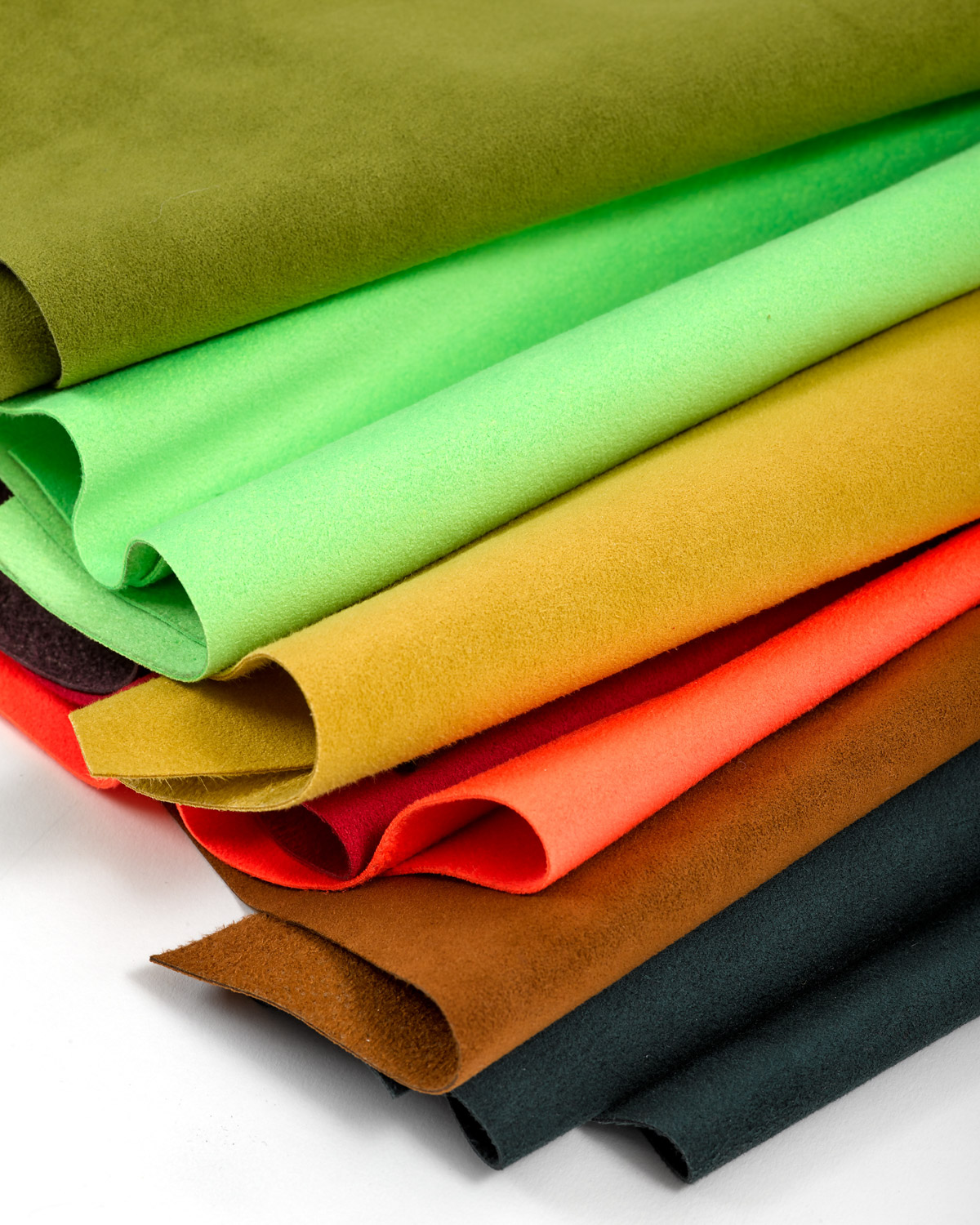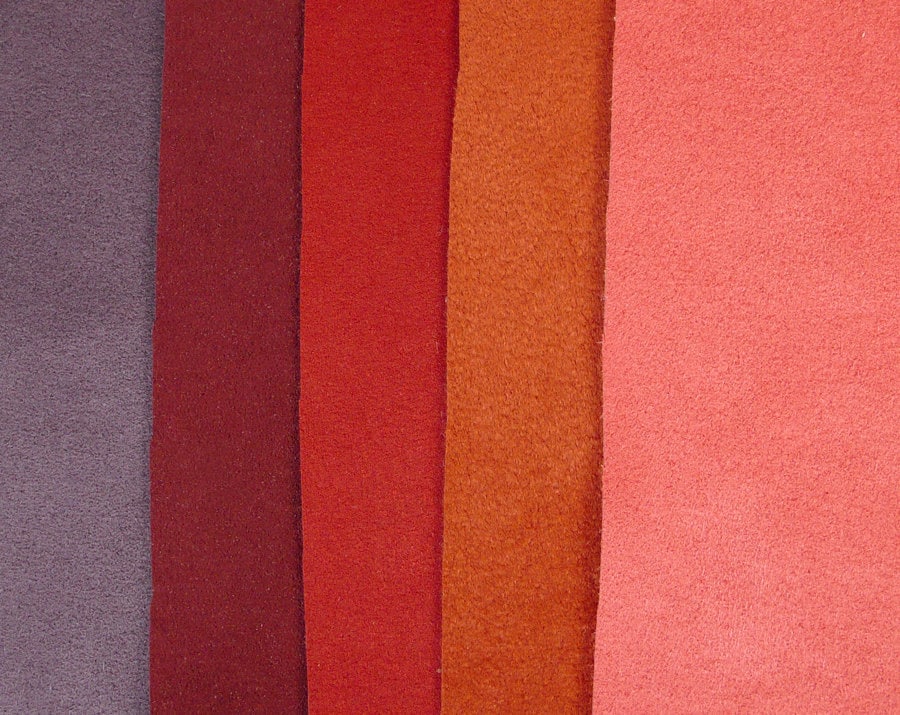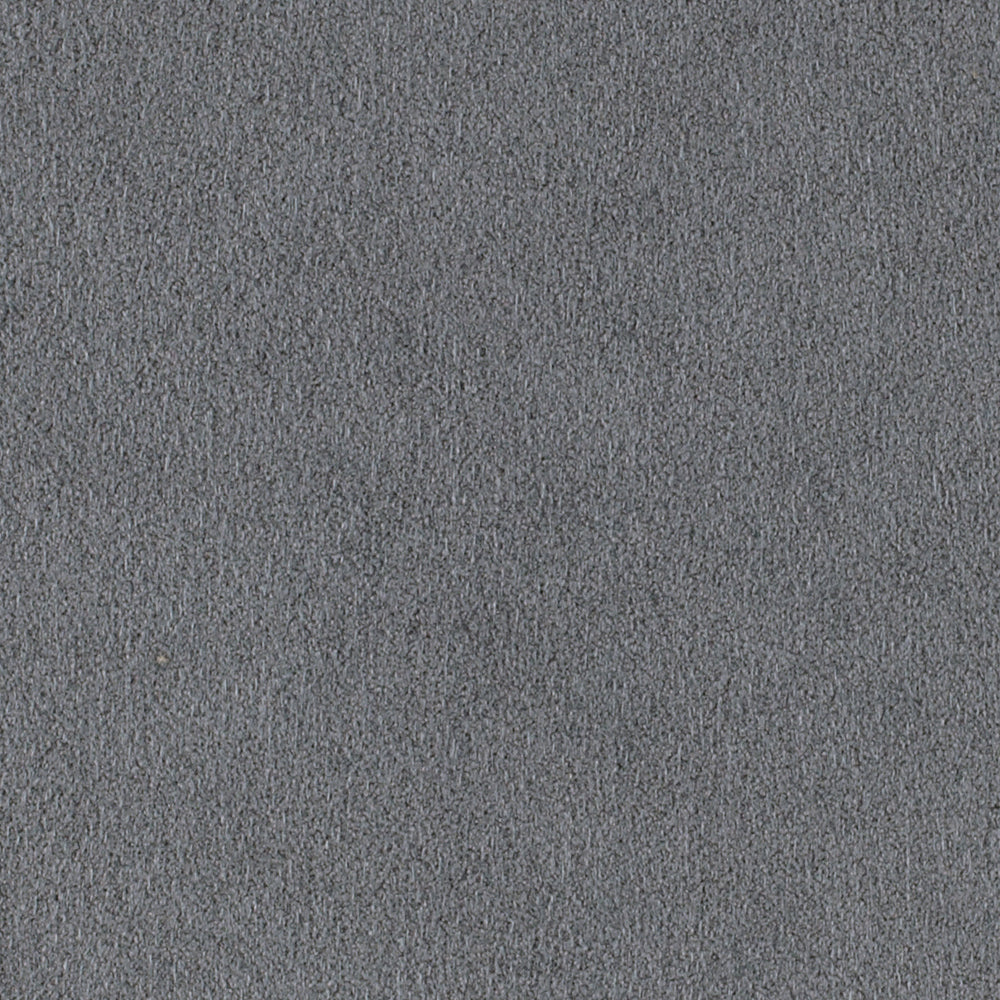Ultrasuede is a high-performance, non-woven microfiber fabric with the look and feel of suede, prized for its durability, softness, and stain resistance. This innovative material, often used in high-end upholstery, fashion, and automotive interiors, offers a practical and luxurious alternative to traditional animal-based suede. It represents a pinnacle of textile engineering, combining sophisticated aesthetics with exceptional functionality that stands up to the demands of modern life.

Table of Contents
- What Exactly is Ultrasuede? The Origins of a Modern Material
- How is Ultrasuede Manufactured?
- Key Characteristics and Benefits of Ultrasuede
- Common Applications: Where is Ultrasuede Used?
- Ultrasuede vs. Natural Suede: A Detailed Comparison
- A Practical Approach to Caring for Ultrasuede Fabric
- The Environmental Impact of Ultrasuede

What Exactly is Ultrasuede? The Origins of a Modern Material
Ultrasuede is not just a generic term for synthetic suede; it is a specific, trademarked brand of microfiber fabric. Invented in 1970 by Dr. Miyoshi Okamoto for the Japanese textile company Toray Industries, it was a revolutionary development in material science. The goal was to create a fabric that mimicked the soft, napped texture of natural suede but without its inherent vulnerabilities, such as susceptibility to water damage and staining.

The composition of Ultrasuede is a complex blend of ultra-fine polyester and polyurethane fibers. These microfibers are significantly thinner than a human hair, allowing them to be densely packed into a non-woven structure. This construction is key to its unique properties. Unlike woven or knitted fabrics, which have a clear grain and pattern, a non-woven fabric like Ultrasuede has fibers entangled together, creating a uniform and remarkably durable material that resists pilling, fraying, and sagging over time.
How is Ultrasuede Manufactured?
The production process of Ultrasuede is a sophisticated, multi-step operation that showcases advanced textile technology. It begins by creating ultra-fine polyester microfibers, which are then spun into a complex, web-like structure. This structure forms the foundation of the non-woven fabric. It’s a process far removed from the simple weaving of traditional textiles.
This web of fibers is then impregnated with a special polyurethane binder. This step is crucial for giving the material its structure, strength, and resilience. The combined material then undergoes a series of processes, including heating, pressing, and buffing. This final stage is what creates the signature suede-like nap, resulting in a fabric that is both incredibly soft to the touch and exceptionally strong. The precision involved ensures that every yard of Ultrasuede meets stringent quality standards for texture, color, and performance.
Key Characteristics and Benefits of Ultrasuede
The popularity of Ultrasuede stems from a unique combination of aesthetic appeal and high-performance features. Its engineered composition provides advantages that are difficult to find in natural materials, making it a preferred choice for a wide range of demanding applications.
Unmatched Durability and Resilience
One of the most celebrated attributes of Ultrasuede is its exceptional durability. The non-woven, interlocking structure of its microfibers makes it highly resistant to everyday wear and tear. It does not easily fray, pill, or stiffen with age. This resilience makes it an ideal material for high-traffic areas, such as family room furniture and car seats, where it can withstand constant use without losing its form or finish.
Superior Softness and Luxurious Feel
Despite its toughness, Ultrasuede is renowned for its soft, plush hand-feel that is virtually indistinguishable from premium natural suede. The ultra-fine microfibers create a dense yet supple surface that is comfortable against the skin. This luxurious texture adds a sense of warmth and sophistication to any item it adorns, from a designer jacket to the interior of a luxury vehicle.
Ease of Maintenance and Cleaning
Unlike natural suede, which can be permanently damaged by water and is notoriously difficult to clean, Ultrasuede is designed for easy care. Its synthetic fibers are inherently stain-resistant and do not absorb spills as readily as natural materials. Most spots and spills can be cleaned with a simple solution of mild soap and water, making it a practical choice for households with children or pets.
Colorfastness and Resistance to Fading
Ultrasuede is available in a vast spectrum of vibrant, consistent colors. The dyeing process ensures deep color penetration, making the fabric highly resistant to fading from sunlight or cleaning. This colorfastness guarantees that the material will maintain its original appearance for years, even in sun-drenched rooms or on items exposed to the elements.
Is Ultrasuede Pet-Friendly?
Yes, Ultrasuede is widely considered one of the most pet-friendly fabrics available. Its dense, non-woven structure prevents pet hair from embedding deep within the fibers, making it easy to remove with a lint roller or light vacuuming. Furthermore, the tight construction is resistant to pulls and snags from pet claws, and its inherent stain resistance helps manage muddy paw prints and other accidents.
Common Applications: Where is Ultrasuede Used?
The versatile properties of Ultrasuede have led to its adoption across numerous industries. Its blend of luxury, durability, and practicality makes it suitable for a diverse set of applications where performance and aesthetics are equally important.
- Furniture and Upholstery: This is one of the most common uses for Ultrasuede. It is a favored material for sofas, chairs, and headboards due to its resistance to stains, fading, and wear.
- Automotive Interiors: High-end automotive brands often use Ultrasuede for seating, headliners, and door panels. It provides a premium look and feel while withstanding temperature fluctuations and constant use.
- Fashion and Accessories: The fabric’s soft drape and rich texture make it a popular choice for jackets, skirts, footwear, and handbags. It offers the look of suede without the demanding upkeep.
- Electronics: Ultrasuede is frequently used to line protective cases for laptops, tablets, and phones. Its soft, non-abrasive surface prevents scratches while adding a touch of elegance.
Understanding the right material for the right purpose is key. While the timeless appeal of full-grain leather, like that used in Beldtura’s handcrafted accessories, is perfect for items that develop a personal patina through years of use, Ultrasuede excels in applications requiring uniform color and high-traffic resilience. At Beldtura, our expertise is built on appreciating the unique qualities of premium materials, whether they are time-honored natural hides or cutting-edge engineered textiles.
Ultrasuede vs. Natural Suede: A Detailed Comparison
Choosing between Ultrasuede and natural suede involves weighing factors like maintenance, durability, cost, and ethics. While both offer a similar aesthetic, their performance characteristics are vastly different. Natural suede is derived from the underside of animal hide, giving it a soft but delicate texture. Ultrasuede is an engineered product designed to improve upon these natural limitations.
Here is a direct comparison of their key attributes:
| Feature | Ultrasuede | Natural Suede |
|---|---|---|
| Composition | Polyester microfibers and polyurethane | Underside of animal hide (e.g., lamb, goat, deer) |
| Durability | Extremely high; resistant to pilling, fraying, and sagging | Moderate; prone to scuffs, scratches, and stretching |
| Maintenance | Easy; machine washable, spot clean with soap and water | Difficult; requires professional cleaning, easily damaged by water |
| Stain Resistance | High; inherently resistant to most spills | Low; highly absorbent and stains easily |
| Ethical Considerations | Vegan and animal-friendly | Animal byproduct |
| Consistency | Uniform color and texture | Natural variations in texture and color |
A Practical Approach to Caring for Ultrasuede Fabric
One of the primary benefits of Ultrasuede is its straightforward maintenance routine. Following a few simple steps can keep the fabric looking pristine for years, preserving its softness and color.
Routine Cleaning and Upkeep
For general upkeep, it is recommended to lightly brush or vacuum the fabric regularly to remove dust and loose particles. This prevents dirt from becoming embedded in the fibers. A gentle brushing with a soft-bristled brush can also help restore the nap and keep the material feeling soft and plush. For items that are machine washable, use a gentle cycle with cool water and a mild detergent.
Tackling Spills and Stains
When spills occur, it is best to act quickly. Blot the liquid immediately with a clean, white cloth or paper towel to absorb as much as possible. For most water-based stains (like coffee, juice, or wine), a simple spot treatment is effective. Gently dab the stained area with a cloth dampened with mild soap and lukewarm water. Work from the outside of the stain inward to avoid spreading it. Rinse by blotting with a clean, water-dampened cloth and allow it to air dry completely. For oil-based stains, a dry-cleaning solvent may be necessary, but always test it on an inconspicuous area first.
The Environmental Impact of Ultrasuede
The conversation around the sustainability of Ultrasuede is nuanced. As a synthetic material, its core components are derived from petroleum, a non-renewable resource. However, Toray Industries has made significant strides in addressing these environmental concerns. A prominent version of the fabric, known as Ultrasuede HP, is made using partially recycled polyester. This reduces the reliance on virgin materials and diverts plastic waste from landfills.
Furthermore, the exceptional durability and longevity of Ultrasuede contribute positively to its environmental profile. Because the fabric lasts for many years without needing replacement, it promotes a longer product lifecycle and reduces overall consumption. Its easy-care nature, which does not require harsh chemical cleaners, also lessens its environmental footprint over time. When viewed through the lens of longevity and reduced waste, Ultrasuede presents a compelling case as a responsible material choice in many contexts.



